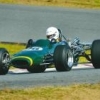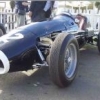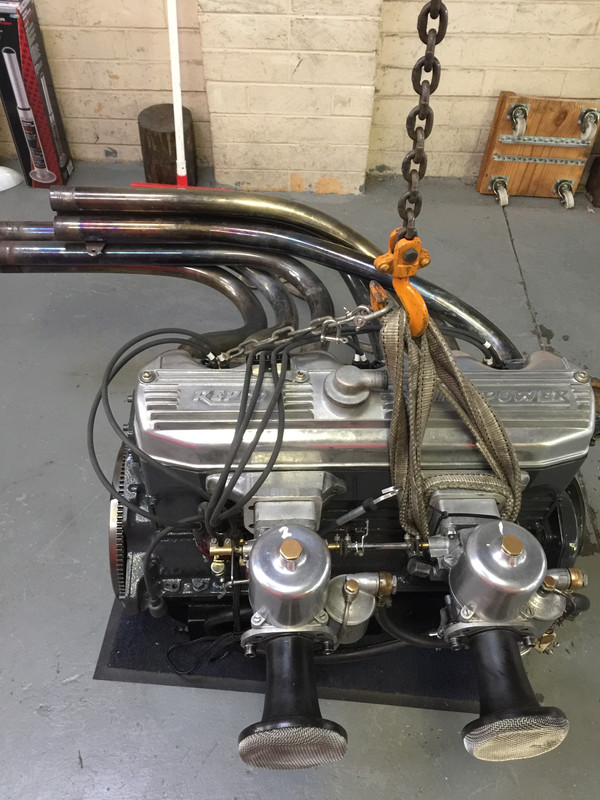Gents,
I am currently building a Holden grey motor project, and would like to set myself some targets. I am interested in collecting the fastest Holden grey motor performances known. Happy to entertain records set in Holden-bodied and non-Holden-bodied vehicles.
Many performances are subject to speculation, and as the old t-shirt says “the older I get, the faster I was”. Interested in performances that can in some way be verified.
Listed below is what I know so far:
Land speed: Dennis Boundy #283 Norman-blown FJ Holden sedan, Lake Gairdner Great White Dyno. XO/PRO class March 2006 @ 113.075mph and XO/BVGC class March 2009 @ 113.478. Records held by DLRA (https://www.dlra.org.au/index.htm).
Drag racing: Bob Hamilton “Captain Nitrous” FJ Holden sedan, Willowbank Raceway January 1989, 12.98s Source: Street Machine Hotrod Ledgends January 2008 (http://www.thegreymo...in-nitrous.html). Legend has it that this record has been recently eclipsed by Mark Riek (see below) at 12.78s, though I need to verify.
Dynanometer: Mark Riek, MUX53 turbocharged EFI FX Holden utility, 204rwhp. Source: Street Machine July 2017 (https://www.whichcar...-the-dyno-video)
Your views on contenders for these titles (or additions for circuit, hillclimb or marine) appreciated.
Cheers,
Harv
















